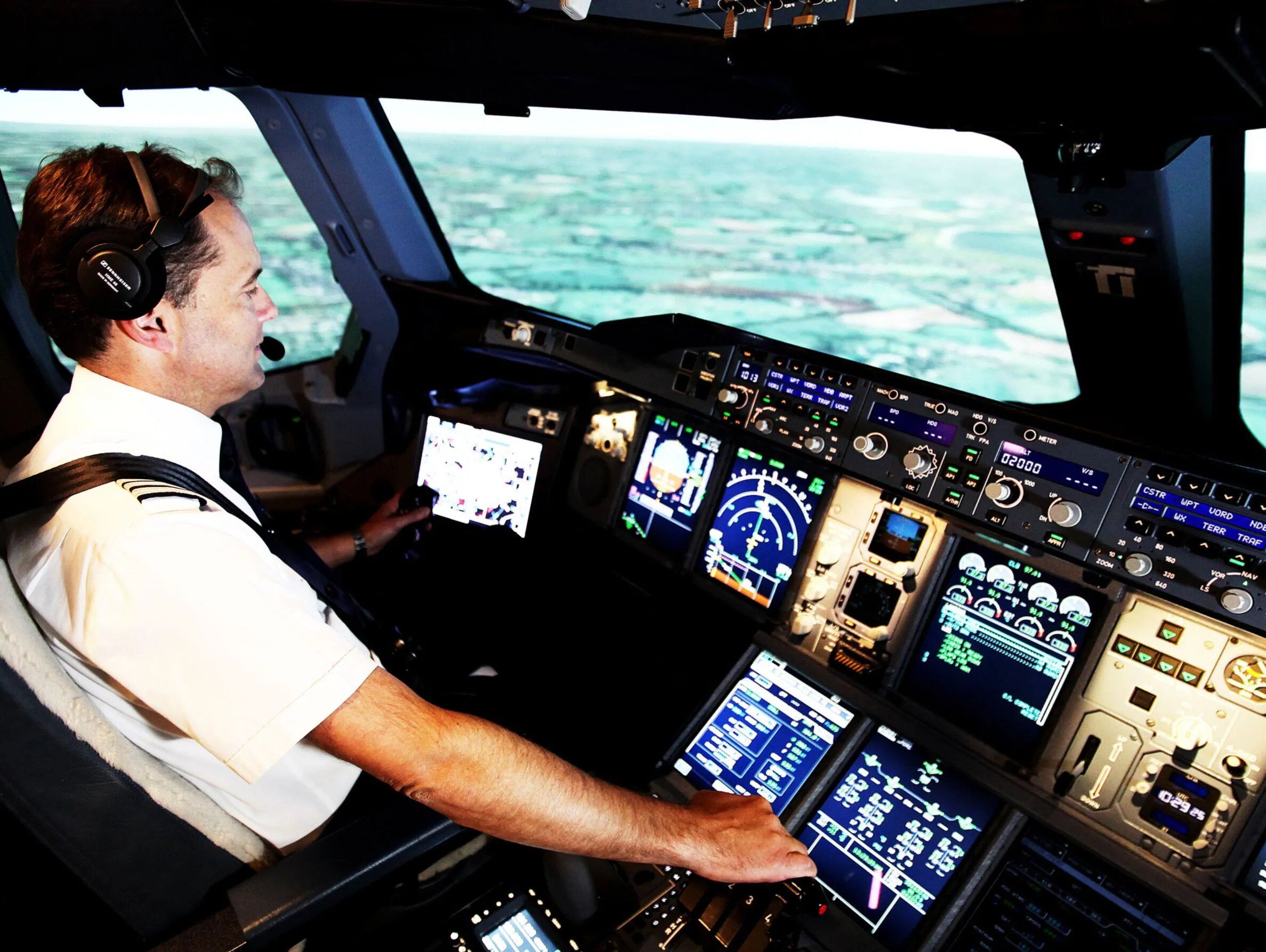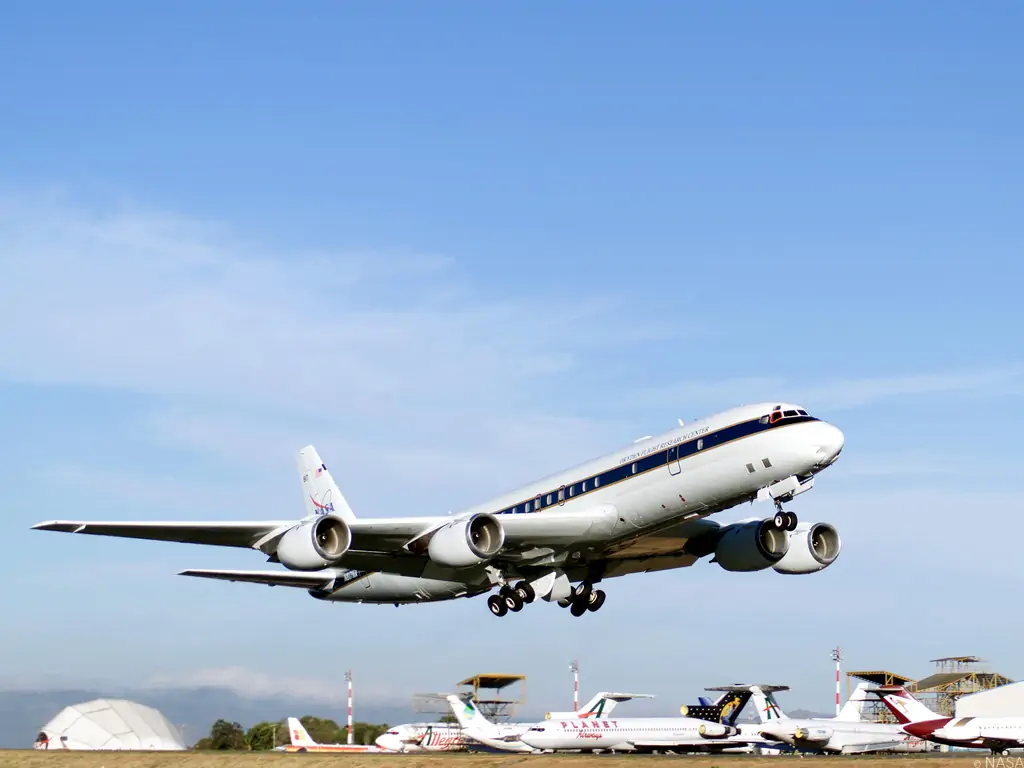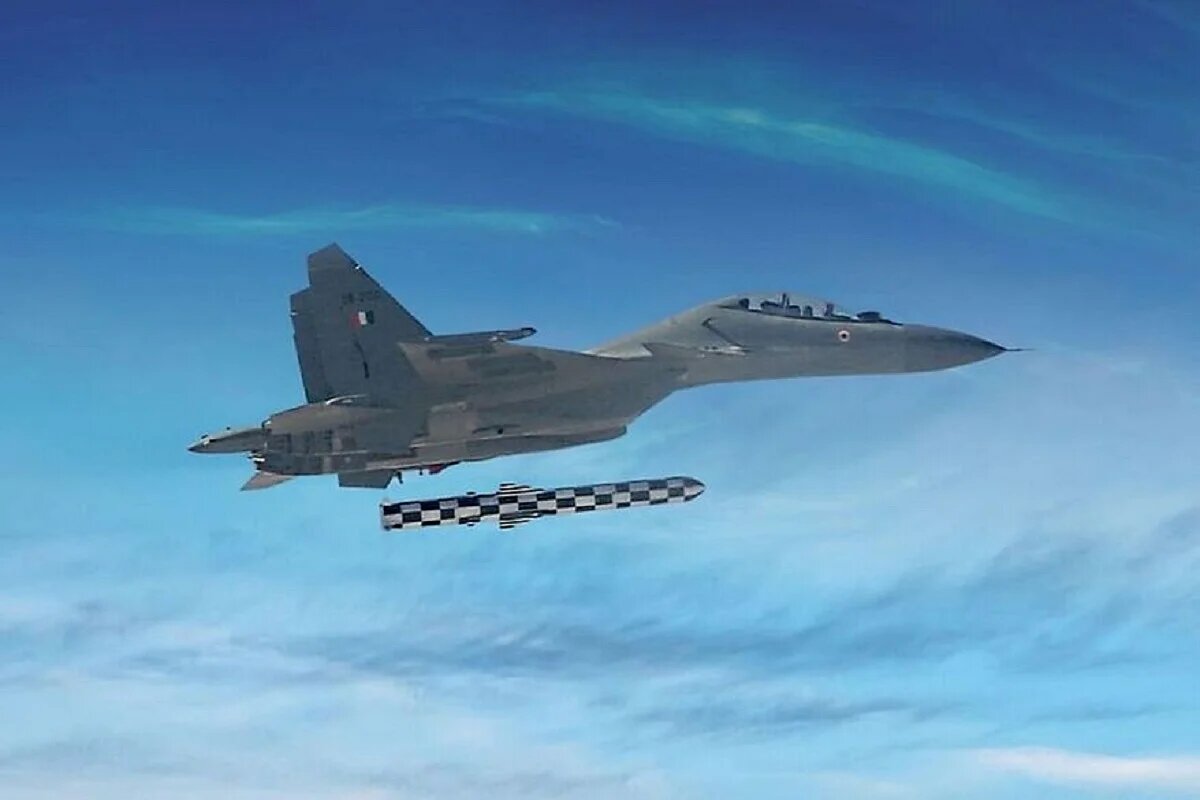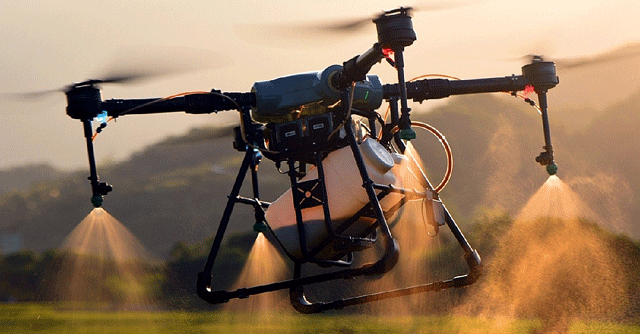Lufthansa to reactivate stored Airbus A340 due to anticipated demand for air travel
Radhika Bansal
06 Jan 2023
Lufthansa will bring back all its stored Airbus A340-600 aircraft to service due to the anticipated demand for air travel in the upcoming summer travel season.
The airline, which has 10 Airbus A340-600s in its fleet, will reactivate the planes in Q2 2023, “to cover the high demand for long-haul flights for summer 2023,” a Lufthansa spokesperson confirmed. Five aircraft will be based at Frankfurt Airport (FRA), while the remaining five will be based at Munich Airport.
Currently, six Lufthansa Airbus A340-600s are designated as stored, per planespotters.net data. Two are parked at Teruel Airport (TEV) in Spain, one aircraft is stored at Frankfurt Airport and another at Munich Airport, while another one is currently at Ninoy Aquino International Airport.
Lufthansa to reactivate stored Airbus A340 due to anticipated demand for air travel
While D-AIHU has been flying actively throughout December 2022, its last flight was on December 27, 2022, as it has not been active since, according to flightradar24.com records. Its last arrival airport was MUC. All 10 A340s are equipped with eight First Class seats, making them the only other aircraft apart from the Boeing 747-8 to boast the most luxurious cabin in Lufthansa’s fleet.
Additionally, the A340-600s have 44 Business, 32 Premium Economy, and 213 Economy seats, according to the carrier’s seat maps. Lufthansa’s Airbus A380s, which are also scheduled to return to service in the next few months, are also equipped with first-class seating.
The Airbus A340-600s, meanwhile, have had a tumultuous few years. Initially, Lufthansa retired each one during the initial outbreak of COVID-19, with seven exiting the airline’s fleet throughout 2020. But as borders opened, closed, and then reopened again, the fate of the aircraft type changed accordingly.
German carrier's Airbus A380s are only likely to be reactivated just before the summer season.
In April 2020, Lufthansa decommissioned all of the four-engine jets but appeared to keep an open mind about eventually bringing back at least some of the planes. At the time, a spokesperson for the carrier said that it will decide on “the future use of the aircraft or a possible reactivation of a maximum of ten aircraft”, at a later date.
In the summer of 2021, the German carrier brought back five Airbus A340-600s to support the high-demand season, before repeating the cycle of storing them and then bringing them back for the following summer season in 2022. Then, in March 2022, Lufthansa reactivated six of the wide-body aircraft.
ALSO READ - Airbus A380 makes a comeback as travel demand increases amidst high fuel prices
Read next
Aviation experts bemoan examiners' lack of practical expertise when evaluating pilots' ATC communication abilities
Radhika Bansal
05 Jan 2023

Aviation experts have raised questions on the alleged incompetence of examiners responsible for granting licenses to budding pilots for their communication skills while operating flights. Pilots are trained to efficiently communicate with air traffic controllers (ATCs) in all kinds of situations.
Post-training, they have to pass a test to obtain a Radio Telephony Restricted License or RTR(A). Radiotelephone is a communication system operated between aircrew members and pilots to air traffic control and ground station. This system is crucial for airline operators. The Wireless Planning & Coordination (WPC) wing of the Ministry of Communication conducts the test.
Aviation experts allege that the chief examiners who interview these aspiring pilots have no hands-on experience. They also demand that the aviation regulator, the Directorate General of Civil Aviation (DGCA), should be handed over the responsibility to conduct the RTR(A) test.
Once a candidate clears RTR(A) test, he becomes eligible to get Flight Radio Telephone Operator (FTRO) license from the DGCA. Without an FTRO license, a candidate cannot get a commercial pilot's license (CPL) from the aviation regulator.
"Since the screening process is off the mark, flight training institutes (being aware of the shortcomings) compromise with the high training standards," Captain S S Panesar, ex-pilot and former director of flight safety and training of erstwhile Indian Airline, said. "This results in communication goof-ups between pilots and ATC which jeopardises air safety," he said.
Experts further say that instead of giving emergency situations to pilots and asking them how will they communicate with ATC, officials of WPC make the candidates draw diagrams of satellites, and optical fibre used in the data cable, and ask for the definition of 2G and 3G, among others.
"These are irrelevant questions," Panesar said, adding that he filed an application under the Right to Information Act (RTI) to the Ministry of Communication to find out the background of the chief examiners. He said the ministry admitted that the examiners have no experience in handling radio equipment fitted in an aircraft while it is flying or on the ground.
The ministry, responding to Panesar's application, said that these chief examiners have the "basic qualification of graduate in Engineering, or MSc with electronics as a special subject and have wide experience of working with various communication systems spanning over more than at least 20 years". "The examiners monitor various radio communications, including aeronautical communication, and have the basic qualification of diploma. They do not operate radio RT equipment fitted in an aircraft while the aircraft is flying or on the ground," the response added.
However, Arun Kumar, Director General, DGCA, told PTI that the aviation regulator is also associated with the process. "Our experts participate in the conduct of the examination," he said. The experts argued that these DGCA experts, who participate in these exams, also come from technical backgrounds like air navigation services (ANS), among others.
Captain Charanvir Singh Randhawa, secretary, of the Federation of Indian Pilots, seconds Panesar and says getting an RTR (A) license is a herculean task as the questions asked by the instructors are vague and irrelevant from a pilot's point of view. "Moreover, students are disqualified if demands for money are not met. They are also not selected as questions outside the syllabus are asked. The syllabus is totally outdated and not according to the norms required for pilot testing," he said. "Representations by pilots on the issue have fallen on deaf ears. Also, efforts to put this examination system under DGCA have failed as there are vested interests of personnel from WPC," he claimed.
Capt Randhawa feels that there is an urgent need for getting this examination system under DGCA, and revising the syllabus by the Flight Standards Directorate (FSD) of the DGCA, among other measures. "These steps will end the red-tapism and agony of obtaining RTR(A) by pilots," he said.
Highlighting the practice in developed countries like the UK, veteran pilot Amit Singh, who runs an NGO -- Safety Matters Foundation -- said in developed countries both RTR(A) and FTRO licenses are awarded by the aviation regulators only. Professionals engaged in training pilots say that the practice of RTR(A) exams has been there with WPC for a very long time.
Still, over a period of time, its standard has deteriorated and now candidates are cleared on the basis of whims and fancies of the examiners. "Both the Ministry of Civil Aviation (MoCA) and DGCA are aware of the issue and in June 2022, the MoCA had moved an office memorandum to shift RTR(A) exam from the WPC to DGCA," a ministry source informed.
He added, "It involves changes in the legal framework such as the Aircraft Act and Rules, The Indian Wireless Telegraphy (Commercial Radio Operator Certificate of Proficiency and License to Operate Wireless Telegraphy) Rules, among others. Probably, due to these reasons, the transfer is being delayed."
Retired air commodore B S Siwach, a veteran with distinguished recognitions such as the Ati Vishisht Seva Medal and Yudh Seva Medal, says that even Air Force pilots, who have thousands of hours of flying experience, have to go through this process to get CPL. He suggests that till the time the legal framework is amended, the examiners should be given hands-on training so that they will understand aviation phraseology.
Read next
Drone manufacturer Garuda Aerospace has received the Type Certification and RPTO (Remote Pilot Training Organisation) approvals from the Director General of Civil Aviation (DGCA) for the indigenously designed Kisan drones.
DGCA Type certification is provided based on the quality check and is issued after a rigorous testing process of unmanned aerial vehicles.
The Kisan drones are developed for agricultural purposes and with the Type Certification received for the GA-AG model, Garuda Kisan drones were eligible for INR 10 lakh unsecured loans from the agri-infrastructure fund at 5% interest and can also avail of 50-100% subsidy offered by the Centre, the company said in a statement.
The Kisan drones are developed for agricultural purposes and with the Type Certification received for the GA-AG model
According to DGCA, a remote pilot training organisation is an organisation authorised by the DGCA to impart remote pilot training to any individual seeking a remote pilot certificate under Rule 34 of Drone Rules 2021.
ALSO READ - DGCA grants Garuda Aerospace permission to operate as a Remote Pilot Training Organization
"The elusive double certification by DGCA for Type and RPTO certification is a testament to our indigenous Made in India drone manufacturing capacities.We are powered and blessed with strong demands of manufacturing 5,000 drones in the next five months. With receiving approvals we are certain that the necessary utilisation of skills with significant sector growth will be seen. Our drones will further benefit farmers and agri entrepreneurs by playing a major role in impacting the lives of farmers and building new age careers…"
Agnishwar Jayaprakash, Founder and CEO, Garuda Aerospace
The Made in India ‘Kisan’ drones are particularly developed for agricultural purposes such as reducing crop loss, crop health monitoring, yield measurement, and crop loss mitigation with the latest manufacturing capacities. Priced at INR 4.50 lakhs, the ‘Kisan’ drone is India’s most affordable advanced automated Agri Drone that comes under the 25 kg small category.
‘Kisan’ drones are particularly developed for agricultural purposes such as reducing crop loss, crop health monitoring, yield measurement, and crop loss mitigation with the latest manufacturing capacities
Garuda Aerospace recently commenced its USD 30 million Series A round at a USD 250 million valuation. Former Indian cricket team captain Mahendra Singh Dhoni has invested and is also the company’s Brand Ambassador. MS Dhoni has recently launched a drone named Droni. Garuda Aerospace boasts of a drone fleet of 400 drones and a well-trained team of over 500 pilots across 26 different cities.
Garuda Aerospace is a human-centric brand, started in 2015, that is focused on developing low-cost drone solutions to optimize industries through accurate data. They are a Drone-As-A-Software aggregator that designs impeccable drones for a myriad of human and industrial needs.
Read next
NASA acquires B777 as a replacement for its flying DC-8 science laboratory
Radhika Bansal
05 Jan 2023

The National Aeronautics and Space Administration (NASA) has acquired a 19.8-year-old B777-200(ER) as a replacement for its flying DC-8-72 science laboratory, N871NA (MSN 46082), Scramble.nl has reported. N744LG (MSN 32892), which was ordered by and operated by JAL - Japan Airlines between 2003 and 2020, was ferried from storage at Victorville to Joint Base Langley-Eustis on December 15, 2022. The aircraft will undergo extensive cabin modifications at NASA's Langley Research Center before its deployment. NASA acquires B777 as a replacement for its flying DC-8 science laboratory The agency had earmarked USD 30 million for the acquisition of a replacement for the 53.7-year-old DC-8 which was also acquired second-hand, having flown for Alitalia and Braniff International Airways (1928) between 1969 and 1983. The B777 was bought via Logistic Air with the US FAA register showing it as owned by the Nevadan company. DC-8-72 science laboratory is used to collect data for experiments in support of projects serving the world's scientific community. The aircraft, built in 1969 and acquired by NASA in 1985, incorporates a suite of sensors and data systems and provides services that can be tailored to specific missions or instruments. According to NASA, it has a range of 5400 nautical miles and can fly from altitudes ranging from 1000 to 42,000 feet for up to 12 hours. DC-8-72 science laboratory is used to collect data for experiments in support of projects serving the world's scientific community. The space agency also states that the data gathered from the aircraft at the altitude and through remote sensing have been used for studies in archaeology, ecology, geography, hydrology, meteorology, oceanography, volcanology, atmospheric chemistry, cryospheric science, soil science and biology. Four types of missions are flown in DC-8 - sensor development, satellite sensor verification, space vehicle launch or re-entry elementary data retrieval, optical tracking and basic research studies of Earth's surface and atmosphere. The NASA Airborne Science Laboratory is used on a wide range of research missions around the world. It is currently based out of Palmdale, the site of the NASA Armstrong Flight Research Centre but has recently operated missions out of Sal Amilcar Cabral Int'l and Jacksonville Cecil Field, FL, Flightradar24 ADS-B data shows. ALSO READ - Boeing and NASA measure the emissions of sustainable aviation fuel
Read next
IAF test-fires Extended Range Version of Brahmos missile from SU-30MKI aircraft
Radhika Bansal
04 Jan 2023

The Indian Air Force (IAF) successfully test-fired the Extended Range Version of Brahmos Air Launched missile against a ship target from a frontline SU-30MKI aircraft. The maiden test of the extended range of the Brahmos Air Launched missile was conducted on May 12 earlier this year, the force said.
A statement from the IAF Thursday read, “The missile achieved the desired mission objectives in the Bay of Bengal region. With this, IAF has achieved a significant capability boost to carry out precision strikes from SU-30MKI aircraft against land or sea targets over very long ranges. The extended range capability of the missile coupled with the high performance of the SU-30MKI aircraft gives the IAF a strategic reach and allows it to dominate the future battlefields.”
The dedicated and synergetic efforts of the IAF, Indian Navy, DRDO, Brahmos Aerospace Pvt Ltd and HAL have been instrumental in achieving this feat, the statement said.
https://twitter.com/IAF_MCC/status/1608408046614777860
While the Air Launched version of the BrahMos Supersonic Cruise Missile has been tested multiple times in the recent past, the Extended Range Version is said to have the capability of striking targets located at around 350 kilometres compared to around 290 kilometres for the initial version.
ALSO READ - IAF successfully test-fired a BrahMos missile from a Sukhoi fighter jet
The first test of the initial version of the Brahmos Air Launched Cruise Missile was conducted in 2017, making it a significant addition to the IAF’s operational capabilities from stand-off ranges.
Stand-off range missiles are the ones which are launched at a distance sufficient to allow the attacking party to evade defensive fire expected from the target area. For the firing of Brahmos from Sukhoi-30 MKI, the missile is gravity dropped from the fuselage of the fighter jet, and the two-stage missile’s engine is then fired up and it propels towards the intended target at the sea.
IAF test-fires Extended Range Version of Brahmos missile from SU-30MKI aircraft
Brahmos is the heaviest weapon to be deployed on India’s Sukhoi-30 MKI fighter aircraft, which has been modified by HAL to carry these weapon systems.
A combination of the names of the Brahmaputra and Moskva rivers, BrahMos missiles are designed, developed and produced by BrahMos Aerospace, a joint venture company set up by the Defence Research and Development Organisation (DRDO) and Mashinostroyenia of Russia. The first test launch of the initial version of Brahmos took place in 2001.
Various types of the BrahMos, including those which can be fired from land, warships, submarines and Sukhoi-30 fighter jets have already been developed and successfully tested and inducted since then.
Brahmos is the heaviest weapon to be deployed on India’s Sukhoi-30 MKI fighter aircraft, which has been modified by HAL to carry these weapon systems.
Cruise missiles such as BrahMos, called “standoff range weapons”, are fired from a range far enough to allow the attacker to evade defensive counter-fire. These are in the arsenal of most major militaries in the world. The BrahMos has three times the speed, 2.5 times the flight range and higher range compared to subsonic cruise missiles.
The sophisticated missile is already inducted into the Army and Navy. Many Brahmos missiles are now deployed along the Line of Actual Control (LAC) facing China. On November 30, the Army test-fired the extended-range Brahmos from the Andaman and Nicobar Islands.
An 800-km range variant of BrahMos, which is a conventional (non-nuclear) missile that flies almost three times the speed of sound at Mach 2.8, is also undergoing “developmental trials” at present. The air-breathing BrahMos has emerged as the “prime conventional strike weapon” for the armed forces over the years, with contracts worth over INR 36,000 crore already inked till now.
Read next
Aeroflot purchased 10 Boeing 777-300ER aircraft from an Irish leasing company that was under financial leasing throughout 2013 and 2014, and the airline will continue to work on other aircraft buyout deals. The method of payment is not mentioned. The announcement comes at a time the US and the European governments have imposed civil aviation and financial sanctions on Russia.
Aeroflot bought and acquired ownership of 10 long-haul Boeing 777-300ER aircraft, which since 2013 and 2014 were financially leased from an Irish leasing company,” said a company release.
The company clarified that the transaction was carried out following all applicable Russian and foreign regulatory authorisations. “On taking measures to settle legal relations with foreign lessors to ensure the transfer of ownership rights to the jurisdiction of the Russian Federation.”
Aeroflot will continue to work on implementing more aircraft buyout deals to maintain and expand the operation of its present fleet of foreign-made aircraft. According to the message, it confirms Aeroflot’s dependability as a counterparty that fulfils its contractual responsibilities responsibly.
Sanctions have not stopped Aeroflot from expanding its operations in Russia and overseas. In November, Aeroflot completely migrated its ticketing to the domestic Leonardo ticketing system. The Leonardo system is compatible with various international, regional, charter, and low-cost airlines. It offers a variety of IATA-compliant solutions and facilitates the automation of the bulk of routine activities.
Aeroflot announced in September its intention to acquire 339 Russian aircraft from United Aircraft Corporation (UAC). The acquisition consists of 210 MC-21 aircraft, 89 SSJ-NEW aircraft, and 40 Tu-214 aircraft for leasing from 2023 to 2030. The document indicates that the Group will receive its first two Superjet-NEW aircraft in 2023, followed by its first six MC-21 and seven Tu-214 aircraft beginning in 2024.
The MC-21 is a new type of medium-haul aircraft having a passenger capacity of 163 to 211. The aircraft caters to the broadest market sector for passenger transportation. The aircraft is designed by the Irkut Corporation’s Engineering Centre and constructed by the Irkutsk Aviation Plant. The application of composite wing and metal alloys, as well as the introduction of new generation on-board technologies, advanced aerodynamics, and the newest PD-14 engine, are the primary benefits of the MC-21. The Superjet 100 is a regional jet made by UAC.
Aeroflot transported 21.4 million passengers in 2021. (45.8 million passengers as Aeroflot Group, including subsidiaries).
Aeroflot is the largest airline in Russia. It is one of the world’s oldest airlines, and one of the most famous Russian businesses, founded 99 years ago. According to brand strategy firm Brand Finance, it has been rated the strongest airline brand in the world for five consecutive years.
Cirium On-Time Performance Review ranked Aeroflot among the top three most punctual mainline airlines worldwide in 2021.


Comment